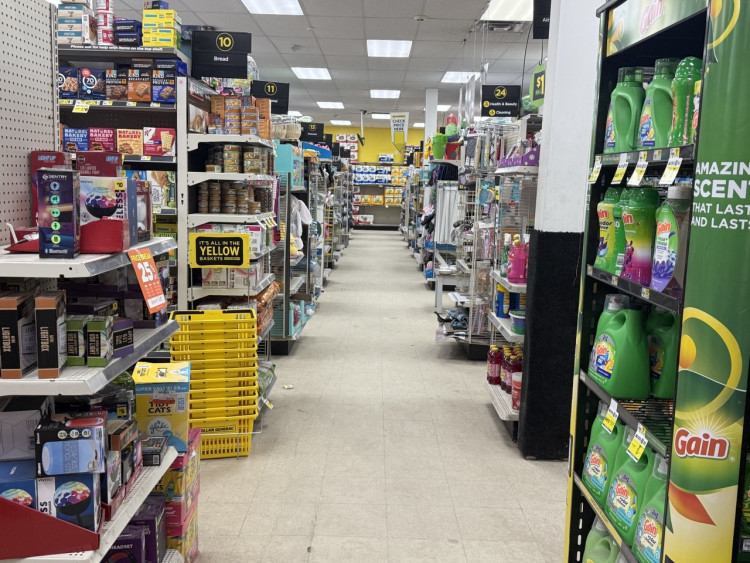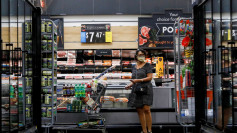Retail sales in the United States rose by 0.6% in June, beating economists' expectations and signaling continued resilience among American consumers even as tariffs imposed by President Donald Trump begin to push up prices on everyday goods, according to Commerce Department data released Thursday.
The June rebound followed a steep 0.9% decline in May and outpaced the 0.1% increase forecast by economists surveyed by Reuters. Economists had been watching closely to see whether consumers would continue to spend following early-year surges to preempt expected price hikes from new tariffs.
Spending gains in June were broad-based. Car dealerships posted a strong 1.2% increase, while bars and restaurants - a key measure of discretionary income - saw a 0.6% rise. Home improvement stores and clothing retailers also benefited. Sales were flat at gasoline stations, and spending declined in categories such as furniture, electronics, and department stores.
However, the retail sales data is not adjusted for inflation. With consumer prices rising 0.3% in June, real retail sales increased by a more modest 0.3%.
"Part of the rise in retail sales last month could be due to tariff-driven price increases rather than volumes," the Census Bureau noted, pointing to higher costs in categories such as appliances, household furnishings, sporting goods, and toys - all of which are sensitive to trade policy.
Core retail sales, which exclude gasoline, autos, building materials and food services and are closely tied to the consumer spending component of GDP, rose 0.5% after a downwardly revised 0.2% increase in May.
"All told, the household sector still appears to be holding up, but a moderation in consumer spending appears under way," said Sam Bullard, senior economist at Wells Fargo.
On Wall Street, investor response to the data was cautious. Dow futures dipped 67 points, or 0.15%, while the S&P 500 was flat and the Nasdaq 100 futures ticked up 0.14%.






